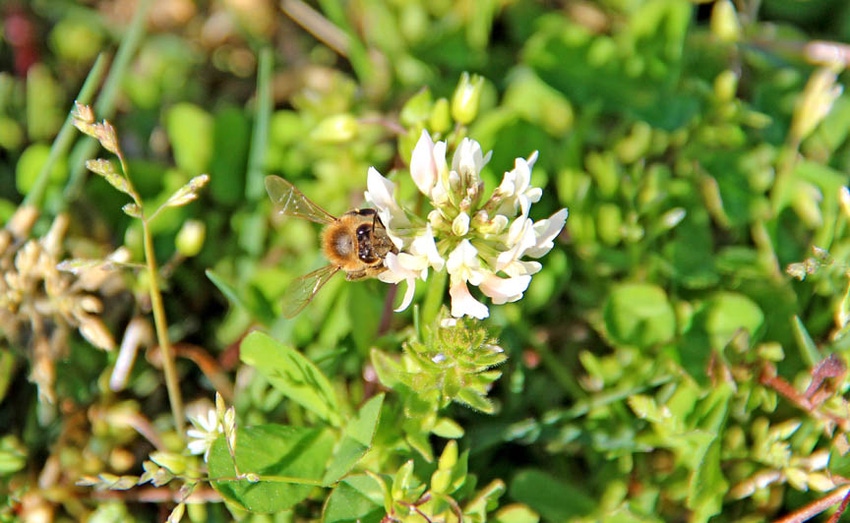April 23, 2013

As environmental activists coalesce around a ban on the neonicotinoid insecticides as the cause of Colony Collapse Disorder (CCD), a timely article recently published in Forbes magazine by Jon Entine, a senior fellow at George Mason U., calls for cooler heads to prevail on the issue.
Entine points out that, over the past five years, some 30 percent of bees in the United States have disappeared — about 50 percent more than the rate expected. The problem is more severe in some other countries. In Spain, recent data indicate a loss close to 80 percent of beehives. On the other hand, in Canada and Australia, there is no sign of CCD.
Scientists, including those at EPA, acknowledge that CCD is a complex phenomenon involving parasites, disease, nutrition, genetics, and other stressors. However, activists are advocating the neonicotinoids as the major culprit. Over the past few months, CBS News, NPR and Dan Rather have run powerful segments and the popular media in general has cheered on a recent lawsuit spearheaded by the Center for Food Safety and other anti-chemical groups demanding that EPA ban the insecticide. During a period of less than a month, The New York Times ran a front-page article and editorialized twice on the subject, dismissing what it called “manufacturers’ bland assurances” about its safety and all but calling for a ban. A similar hysteria resulted in the ban of alar on apples several years ago.
According to Entine, the research on bee colony deaths is uncertain — and often political. The science-based view of this issue took a sharp turn in January when the European Food Safety Authority issued three studies raising questions about the potential role of neonicotinoids in this latest wave of bee deaths. The studies did not link the pesticides to the collapse of whole bee colonies, but did raise enough issues to lead to a vote last month for a two-year precautionary ban by the European Commission (EC). The ban was blocked, temporarily, by Germany, Britain and seven other countries, citing evidence that neonicotinoids were not the sole or likely the primary culprit, and their impact still is unclear. The EC plans an appeal.
Last year, one study showed that bumblebees exposed to high doses of the neonicotinoid imidacloprid in the laboratory, then released to forage in the field, had sharply reduced colony growth rates and produced 85 percent fewer queens to found new colonies. In another study, more than 30 percent of free-ranging honey bees whose brains were doused with the neonicotinoid thiamethoxam — which is not the way bees encounter the chemical in the real world — got confused, failing to return to the hive.
Rush to ban neonicotinoids
The results were so dramatic and so contradictory of real life experience of some beekeepers in Canada, Europe and Australia who use neonicotinoids and where many bee colonies are thriving that the United Kingdom’s Dept. for Environment, Food and Rural Affairs (DEFRA) decided to reevaluate existing research. The agency pointed to the problem with much of the laboratory-based data — it measures doses and application methods not used by farmers.
“The risk to bee populations from neonics, as they are currently used, is low,” DEFRA concluded in March. “Laboratory-based studies demonstrating sub-lethal effects on bees from neonics did not replicate realistic conditions, but extreme scenarios … While this assessment cannot exclude rare effects of neonicotinoids on bees in the field, it suggests that effects on bees do not occur under normal circumstances. Consequently, it supports the view that the risk to bee populations from neonicotinoids, as they are currently used, is low.”
As the British Bee Keeper Association recently warned, rushing to ban neonicotinoids, when the evidence remains contradictory, could well do more damage than good, as other pesticides, some known to be more harmful to bees, would of necessity be reintroduced.
See here for complete Forbes article.
More from Western Farm Press
Times are good for California agriculture
About the Author(s)
You May Also Like




